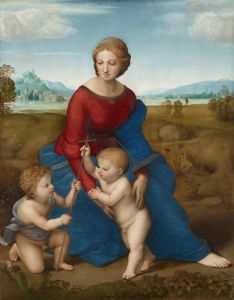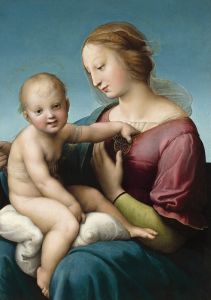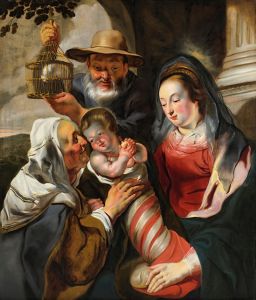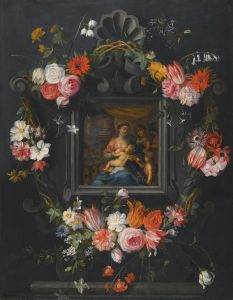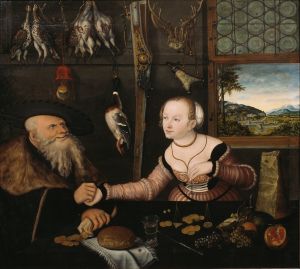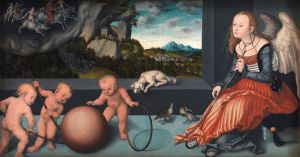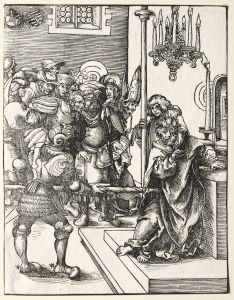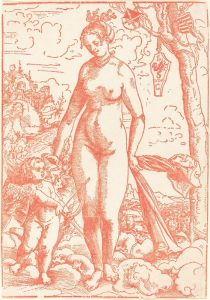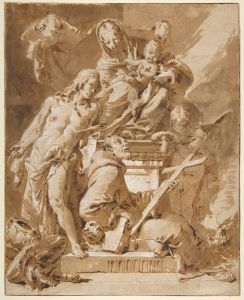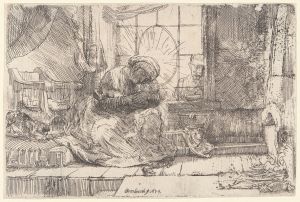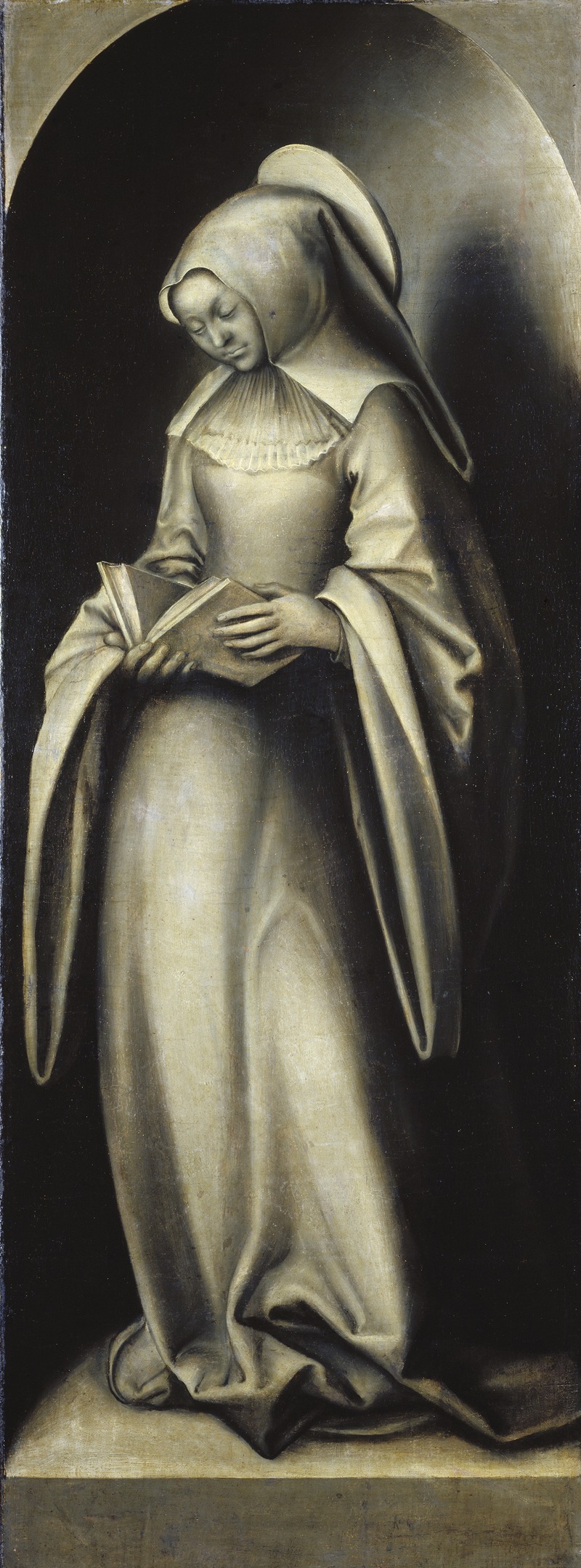
St. Anne
A hand-painted replica of Lucas Cranach the Elder’s masterpiece St. Anne, meticulously crafted by professional artists to capture the true essence of the original. Each piece is created with museum-quality canvas and rare mineral pigments, carefully painted by experienced artists with delicate brushstrokes and rich, layered colors to perfectly recreate the texture of the original artwork. Unlike machine-printed reproductions, this hand-painted version brings the painting to life, infused with the artist’s emotions and skill in every stroke. Whether for personal collection or home decoration, it instantly elevates the artistic atmosphere of any space.
Lucas Cranach the Elder, a prominent German Renaissance painter, is known for his significant contributions to the art world during the 16th century. One of his works, "St. Anne," exemplifies his distinctive style and thematic focus. Cranach was born in 1472 in Kronach, Germany, and became a leading figure in the Northern Renaissance, known for his portraits, religious subjects, and mythological scenes.
"St. Anne" is a painting attributed to Cranach, although specific details about its creation, such as the exact date and location, are not well-documented. St. Anne, the mother of the Virgin Mary and grandmother of Jesus Christ, is a revered figure in Christian tradition. She is often depicted in art as a symbol of maternal virtue and piety, and her representation in Cranach's work reflects these attributes.
Cranach's depiction of St. Anne is characterized by his typical style, which includes a combination of Gothic and Renaissance elements. His works often feature elongated figures, detailed textures, and a keen attention to the intricacies of clothing and fabric. In "St. Anne," these stylistic elements are likely present, showcasing Cranach's ability to blend realism with a certain stylization that was popular during his time.
The painting would have been created during a period when Cranach was deeply involved in the religious and cultural shifts of the Reformation. As a close friend of Martin Luther, Cranach's works often reflect the theological and ideological changes occurring in Germany. While "St. Anne" is a religious subject, it is important to note that Cranach's approach to religious themes was often nuanced, reflecting both traditional Catholic iconography and emerging Protestant ideas.
Cranach's workshop was prolific, producing numerous paintings, prints, and woodcuts. His ability to manage a large workshop allowed for the widespread dissemination of his style and themes. This also means that many works attributed to Cranach may have been produced by his assistants under his supervision. Nonetheless, the quality and distinctiveness of these works remain consistent with Cranach's artistic vision.
The legacy of Lucas Cranach the Elder is significant, as his works continue to be studied and admired for their artistic and historical value. "St. Anne," like many of his paintings, offers insight into the religious and cultural context of 16th-century Germany. It reflects the blending of traditional religious iconography with the emerging humanist ideals of the Renaissance.
In conclusion, while specific details about the painting "St. Anne" by Lucas Cranach the Elder are limited, the work is representative of his broader oeuvre and the artistic trends of his time. Cranach's influence on the Northern Renaissance and his role in the cultural shifts of the Reformation era make his works, including "St. Anne," important subjects of study for art historians and enthusiasts alike.





